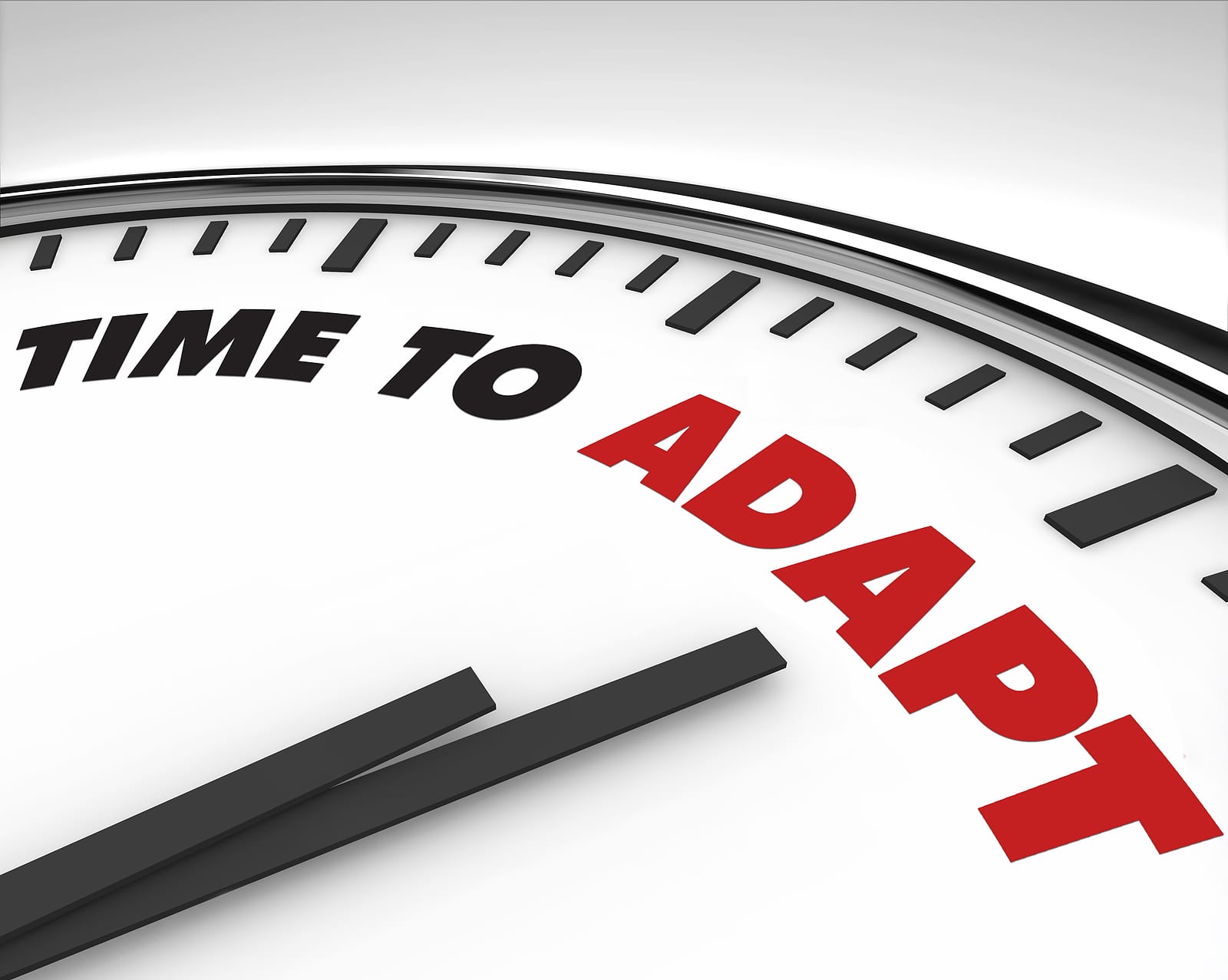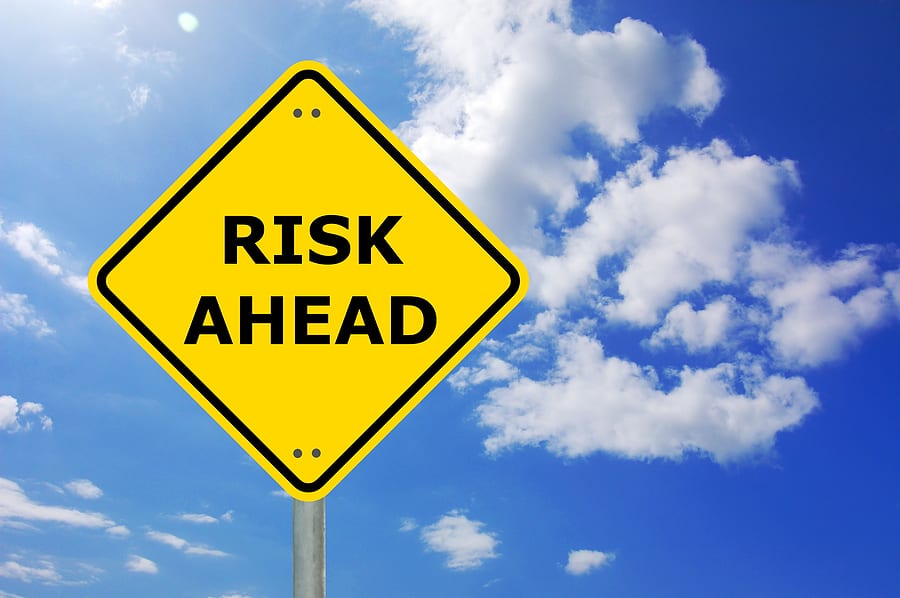
CPSIA Stay of Enforcement Expires 12/31/11
Are you a Manufacturer, Distributor or Retailer Selling Children’s Products
TOP 10 Things You Need to Know as we start the New Year
The intent of this list is to provide guidance to Children’s Product manufacturers and Retailers as they implement the provisions of the Consumer Product Safety Information Act (CPSIA), as administered by the Consumer Product Safety Commission (CPSC). The information in this article should not be construed as legal advice.
Dec 28,2011 by Bill Jacoby
1. Overview CPSIA becomes fully effective on January 1st, 2012. As of this date, all Children’s product Manufacturers and Distributors are required to issue a General Certificate of Conformity (GCC), also known as a Children’s Product Certificate (CPC), based on third-party testing from a CPSC-recognized laboratory, to Retailers and distributors, and upon request to the CPSC for children’s products imported or distributed in commerce on or after January 1, 2012
2. Children’s Products Defined The CPSC has defined a “children’s product” to mean a consumer product designed or intended primarily for children 12 years of age or younger. In determining whether a consumer product is primarily intended for a child 12 years of age or younger, you need to take the following factors into consideration:
- A statement by the manufacturer about the intended use of the product, including a label on the product if such a statement is reasonable.
- Whether the product is represented in its packaging, display, promotion or advertising as appropriate for use by children 12 years of age or younger.
- Whether a product is commonly recognized by consumers as being intended for use by a child 12 years of age or younger
- The Age Determination Guidelines issued by the CPSC staff in September 2002, and any successor to such guidelines
3. Third-Party Testing All Children’s Products are required to undergo third- party testing. Third – party testing must be conducted at a CPSC-approved, accredited laboratory to determine the total lead content in children’s product meets the approved limit.
4. Exemptions Under the Legislation, which was passed and signed by President Obama in August 2011, there is an exemption for small batch Manufacturers. To qualify as a small batch manufacturer, you must meet this two-part test:
- Income: Total gross revenues from the prior calendar year (2011 sales to qualify for 2012) from the sale of all consumer products is $1million or less.
- Covered product: No more than 7500 units of the same product were manufactured in the previous calendar year. (2011)
As a qualifying small batch manufacturer, you will need to register with the CPSC on an annual basis. You will still need to issue a certificate (CPC/GCC), however you will not need to conduct third -party testing for either lead or phthalate content. Additionally, your products must still meet both the lead and phthalate content limits.
5. Phthalate Content Considerations Congress has permanently prohibited three phthalates: DEHP,DBP and BBP ( in concentration of more than 0.1percent ) in children’s toys or child care articles. “Three additional phthalates: DINP,DIDP and DnOP, have been prohibited pending further study
A “children’s toy” means a product intended for a child 12 years of age or younger for use when playing, and a “child care article” means a product that a child three years of age and younger would use for sleeping, feeding, sucking or teething. Please note that wearing apparel falls under the definition of a child-care article if it is intended to facilitate eating and sleeping.
6. General Certificate of Conformity A GCC / CPC is a document that certifies that the product complies with the CPSIA regulations, based on a test of each product or a reasonable testing program. The law requires that each import (and domestic manufacturer) shipment be “accompanied” by the required certificate. This certificate does not need to physically accompany the product. Under CPSC regulations, an electronic certificate is “accompanying” a shipment if the certificate is identified by a unique identifier and can be accessed via a World Wide Web URL or other electronic means, provided the URL or other electronic means and the unique identifier are created in advance and are available with the shipment.
Each GCC/ CPC certificate must include the following information:
- Identification of the product covered by the certificate
- Applicable CPSC rule or ban to which product is being certified
- Identification of manufacturer
- Identification of the person maintaining the testing information
- Date and place where the product was manufactured.
- Date and place where he product was tested.
- Identification of the third– party testing facility used.
Note: GCC’s area used for consumer products and CPC (Children’s Product Certificate) is used for children’s Products.
7. Component Part Testing Component testing, as outlined by the CPSC, is voluntary ad can be undertaken by either the component manufacturer or the manufacturer of the children’s product. For manufacturers producing children’s wearing apparel, the textile garment does not need to be tested as it has been exempted through regulation. Only the other components, such as the ink, zippers, buttons, etc. must be tested for lead content. If the children’s product also could be classified as a child-care article, only those plasticized elements need to be tested, and a component testing program can also be initiated to satisfy the testing requirements. There are documentation / recordkeeping requirements associated with component –part testing, and all records must be kept for at least five years.
8. Retailer Requirements Each retailer must keep a GCC or CPC for each product sold on file. These will be sent by the manufacturer or distributor with each shipment or via email or other electronic format such as a url, or website starting on 1/1/12. You must maintain these certificates and be able to produce them to the CPSC upon request.
9. Enforcement Penalties The CPSC has issued a final rule that outlines the civil penalties associated with noncompliance activities. As of August 14th, 2009, the commission has the ability to seek penalty amounts of up to $100,000 for each violation. Maximum penalty amounts for a related series of violations have been increased from $1.8 million to $15 million. At a recent Toy Industry event there was a firm acknowledgement by CPSC Commissioner Nord that the January 1, 2012 enforcement date for CPSIA regulations will bring a change to the industry. All Stays of Enforcement will have expired and the CPSC will be more diligent in its review of toys at ports of entry and failure to comply … with third party testing regulations, leaving off traffic information, and other discrepancies, will result in the holding of the shipment and fines of up to $100,000.
10. Are you Ready? For products manufactured or distributed in commerce after December 31, 2011, a GCC or CPC must accompany each shipment which clearly states that the product complies with either the lead or phthalate content limit as applicable and must contain information of the third-party testing facility used. All documentation must be retained for five years!
Do you have the operational process place in your company to makes sure the certificates are sent out each and every time? As a retailer, are you prepared for the flood of certificates coming your way and do you have documentation procedures in place for retention?
Jacoby Solutions has developed the CORE Audit™ (Compliance Operations Readiness Engagement Audit), the company’s proprietary approach to business operations compliance readiness. A one-stop shop for manufacturing and distribution companies in need of a solutions partner who can help them evolve their business while keeping an eye on compliance, Jacoby Solutions saves companies time, money and resources while helping them become CPSIA ready.



